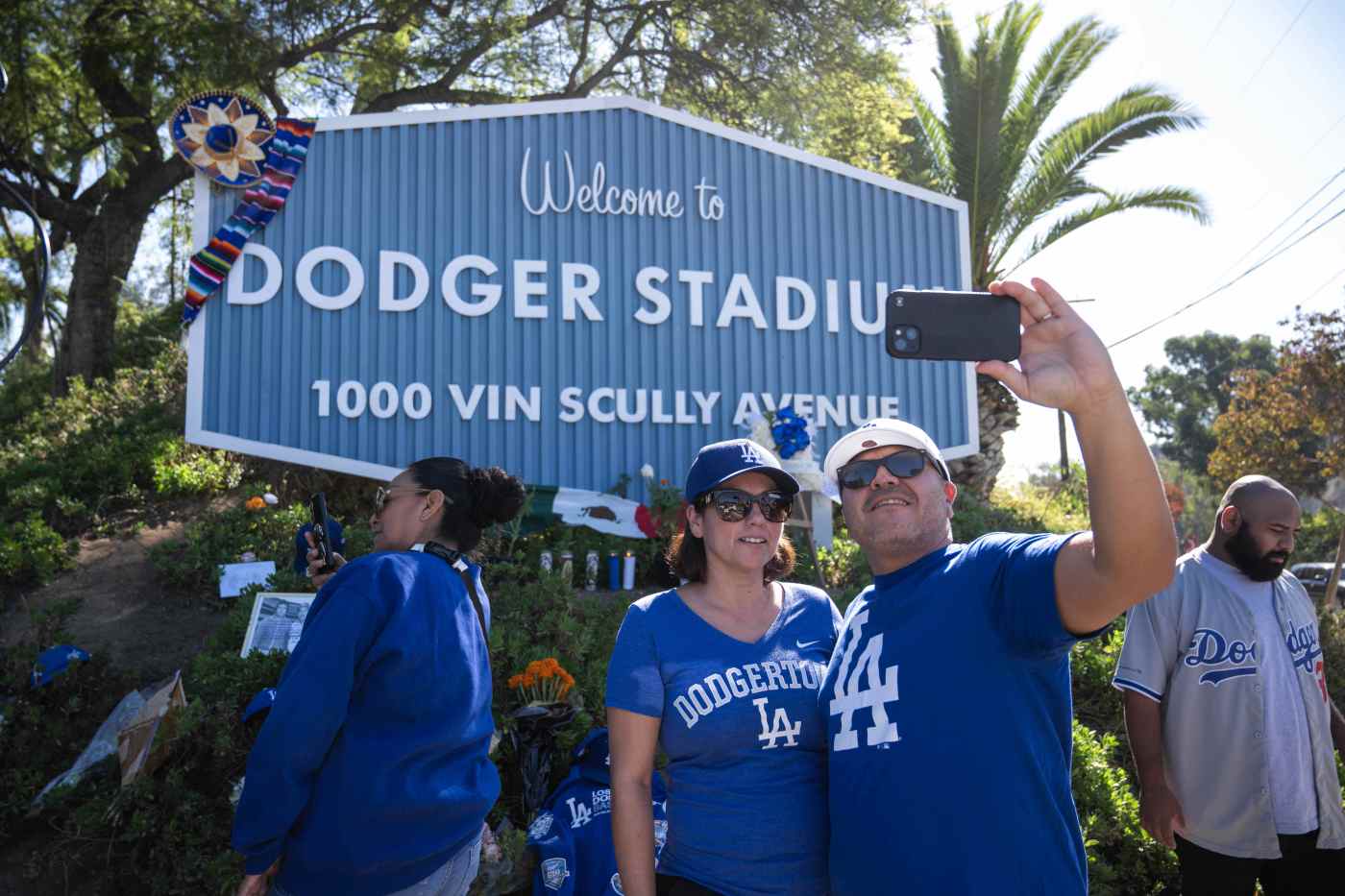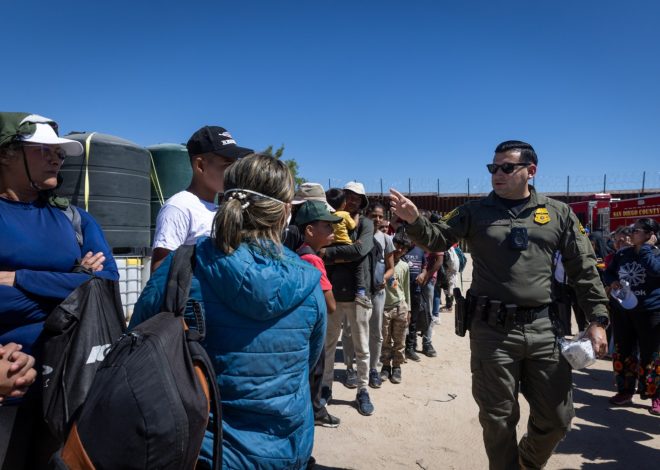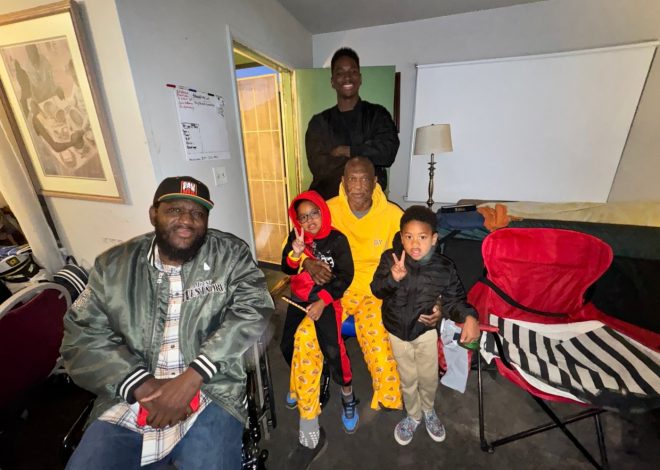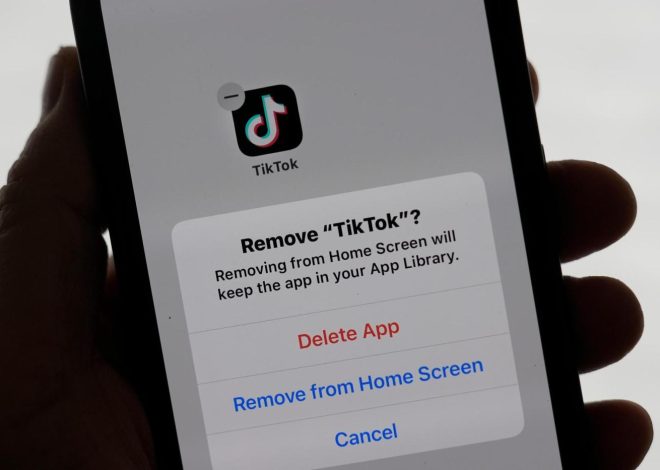
Dodgers’ Fernando Valenzuela recalled as Latino role model
The late Fernando Valenzuela’s exploits on the mound were enough to make him a baseball star and a Los Angeles Dodgers legend.
But it was more than his killer screwball and amazing 1981 rookie season that endeared him to legions of Southern California Latinos.
RELATED: Photos: Dodgers’ Fernando Valenzuela as seen through the years
To them, Valenzuela — a chubby young man from a poor Mexican family who mastered American baseball — is a role model who showed how to overcome obstacles to reach your goal.
“When you grow up in L.A., I think the first Latino you learn about is Fernando Valenzuela,” said 29-year-old Javier Rojas, who is Mexican-American. “He’s who your parents taught you to grow up to be, to embody. And, if you do things right, you can one day be like him.”
Rojas added: “His success is our success, in a way. He was part of our lives for the last 30 years. He transcends baseball in many ways. It’s a hole that’s going to be hard to fill.”
So when news of Valenzuela’s death broke Tuesday night, Oct. 22, many — including devoted Latino fans — flocked to Dodger Stadium to pay their respects to the 63-year-old pitcher-turned-broadcaster who bolstered the Los Angeles Dodgers’ Latino fan base.
Continuing Wednesday, Oct. 23, they left flowers, Dodgers caps and jerseys, candles, photos and flags at a makeshift memorial at the stadium’s Vin Scully Avenue entrance. The growing public tribute is a testament to how popular Valenzuela remains more than 40 years after he first took the mound.
Valenzuela’s 1981 season ignited the “Fernandomania” craze, when his pitching excellence drove interest in the Dodgers among the region’s Mexican-American residents — and all of the baseball world.
The local Latino community had once turned away from the team, after it took over L.A.’s Chavez Ravine in the 1950s and ’60s to build Dodger Stadium. The area was originally the site of three predominantly Mexican-American communities — Palo Verde, La Loma and Bishop — who were displaced in the process.
A box of Corn Flakes with Los Angeles Dodgers pitcher Fernando Valenzuela is seen in an exhibit at the National Baseball Hall of Fame in Cooperstown, New York, on July 11, 2023. (Photo by Mark Acosta, The Press-Enterprise/SCNG)
But Latino Dodger fans quickly embraced Valenzuela’s pitching talent, called him “El Toro” — “the Bull” — and came to more and more games. His representation on the team also brought more Spanish-language broadcasts to Mexican stations. His face showed up on TV commercials and even a box of Corn Flakes.
Helendale resident and author Albert “Lefty” Olguín was “broken-hearted” to hear of Valenzuela’s death.
Olguín, a lifelong Dodger fan, credits his career as a college baseball coach and former Cincinnati Reds scout to the impact Valenzuela had on him as a young Mexican-American growing up in San Pedro.
“When Fernando hit the scene, every Hispanic kid — right- or left-handed — out there wanted to be Fernando,” Olguín said. “He made such an impact on fans in L.A., Mexico and in Major League Baseball itself. For the first time, the stands were full of Latino families who came out to support the Dodgers because of him. They had something to be proud of. He was their hero… an idol for every Hispanic kid growing up — me included.”
Olguín, who contributed to the 2022 book “Mexican American Baseball in the South Bay,” called Valenzuela’s a classic “rags to riches” story to which many can relate.
Valenzuela was born in Navajoa, Mexico, as the youngest of 12 children. Baseball scout Mike Brito discovered him in 1978 and the Dodgers signed Valenzuela in 1979. He first pitched in the big leagues the next year.
After working years as a Spanish-language broadcaster for the team, Valenzuela saw his number 34 officially retired by the Dodgers in 2023.
Clad in a blue Valenzuela jersey, Whittier resident Rey Casillas rode in on a motorcycle to visit the stadium memorial Wednesday.
Related Articles
Photos: Dodgers’ Fernando Valenzuela as seen through the years
Historic Shohei Ohtani 50/50 ball sells for $4.4 million in ‘extra innings’
Dodgers vs. Yankees: A look back at their World Series history
Jack Flaherty will start World Series Game 1 for Dodgers
Dodgers star Fernando Valenzuela, who sparked ‘Fernandomania’, dies at 63
“You’d heard a lot of rumors over the last two, three weeks,” the 58-year-old said. “Fernando wasn’t just a baseball player, he kind of took the culture back in ’81, when he came on and just united a whole bunch of people, and they were friends, specifically here in the Dodger Stadium/Chavez Ravine area.”
Casillas added: “Fernando is just somebody who comes across once in a lifetime.”
Los Angeles residents should “be proud” about the way Valenzuela impacted the world of baseball, Casillas said, and “proud of who he was and how he represented the Dodgers.”
On Wednesday, some Latino fans — many who remember the “Fernandomania” — hung a sombrero hat and serape stole on the “Welcome to Dodger Stadium” sign. One fan left a framed photo of himself and Valenzuela. Others left Dodger memorabilia and burned candles to honor the late pitcher.
As more fans trickled throughout the day to take selfies and pay their respects, even a mariachi band — the Mariachi Garibaldi de Jaime Cuellar, wearing an appropriate Navy blue — visited the memorial site.
Los Angeles resident Jacqueline Perez dropped off a small flower arrangement adorned with baseballs and a picture of her husband, Jesus Alvarez, with Valenzuela.
She said she was doing so out of “respect, love and pride” as a fan and an Angeleno, and called the baseball great “a hero for everything that he accomplished.”
Perez, 47, added: “Even through he was getting older, it’s still something so sudden and sad. A great man, a legend has left us.”
“Fernando was a symbol of pride for us as Latinos and Angelenos. I’m feeling really emotional today because my father, who already passed away some time ago, was a very big fan.”
She remembered Valenzuela visiting her elementary school.
“He would always introduce himself and was always polite.”
Latinos will be offering their condolences in public ways, too.
Robert Vargas, the L.A. artist behind the iconic Shohei Ohtani mural on a Little Tokyo hotel, has been painting a “Fernando Mania Forever” mural on a Boyle Heights building.
It should be completed Friday, Nov. 1, in time for Dia de Los Muertos/Day of the Dead and Valenzuela’s birthday. Vargas posted on social media that he’ll create a large altar around the mural and invited the public to help.
“We want to give thanks to Fernando for all he’s given us,” he posted. “All of you are like the colors that are going to be a part of this wall.”
Actor George Lopez shared photos and a memory about meeting Valenzuela.
“The players change but the great ones never leave your heart! I’ll miss Fernando! …” he tweeted. “Gracias Fernando.”
The impact of Valenzuela’s death also reached into the Inland Empire, where the Dodger Clubhouse store at the Victoria Gardens mall in Rancho Cucamonga was stocked with racks of No. 34 Valenzuela jerseys and T-shirts.
East L.A. resident Ruben Villalobos also stopped by to look for a jersey to honor the man he called an “upstanding legend.”
“I grew up constantly hearing my dad talk about Fernando and his impact on Dodger baseball — to the community he meant everything,” Villalobos, 44, said. “Whether it’s parents, or grandparents, somebody loved Fernando … most importantly I feel like he represented Mexican people well. The support Latinos have for the Dodgers, is tied to his impact in some way. With the history of the Dodgers and Mexican people, I think he helped turn the tide and welcome Mexican people back into baseball.”
Rialto resident and educator Jorge Delgado also credits Valenzuela for “bringing Hispanic culture to Dodger baseball,” especially during the height of “Fernandomania,” which occurred in 1981, when Delgado was in high school.
“It was a very exciting time to see Fernando’s impact on Dodger baseball — he brought a lot of joy to my family and still does to this day.”
Staff writer Arianna Clay contributed to this report.


